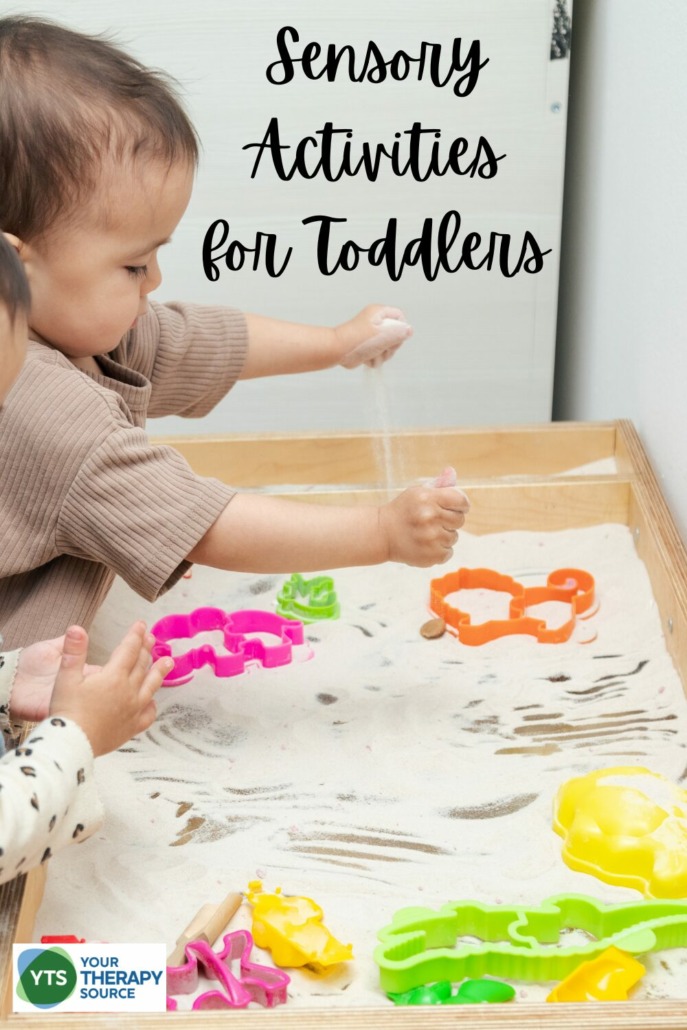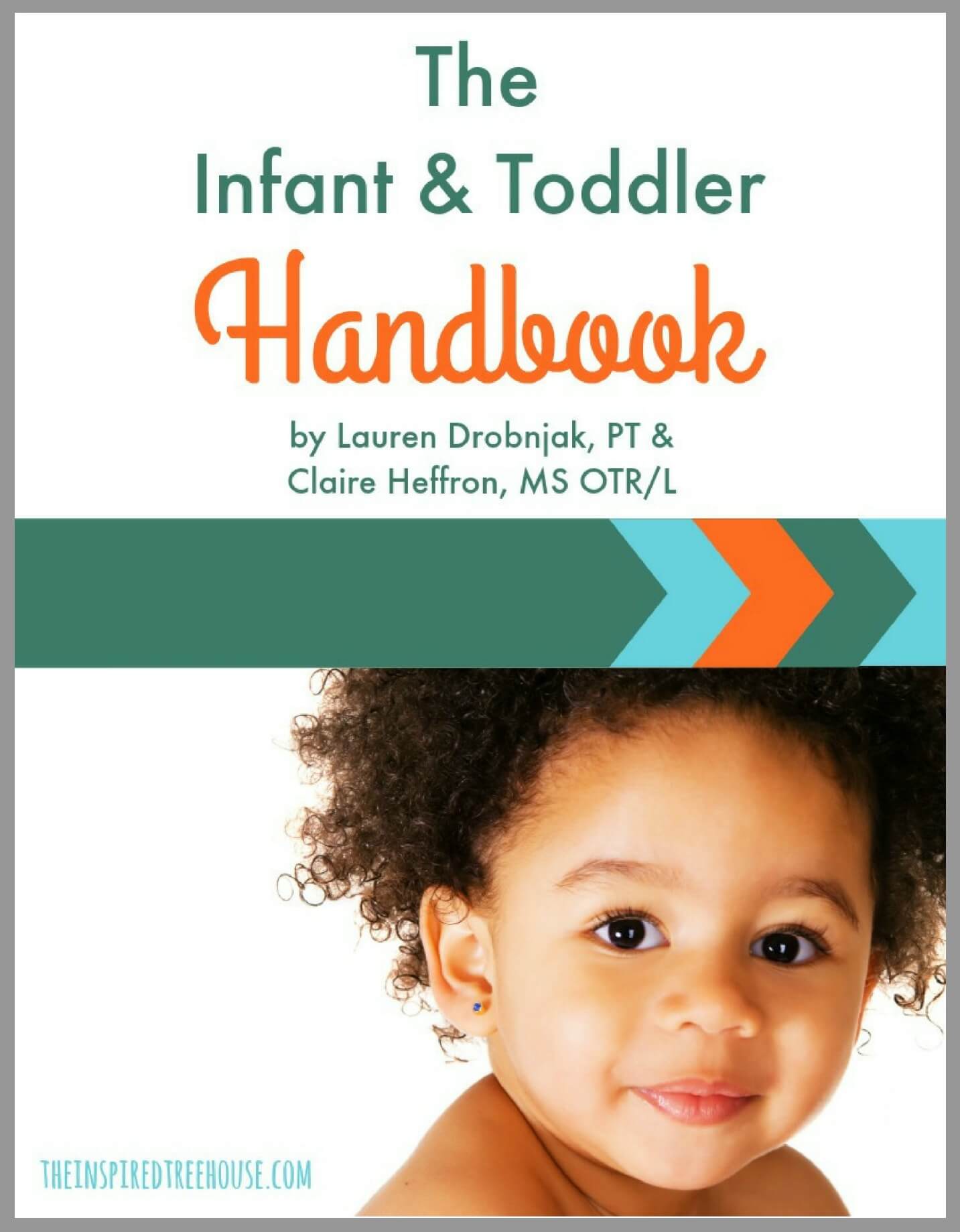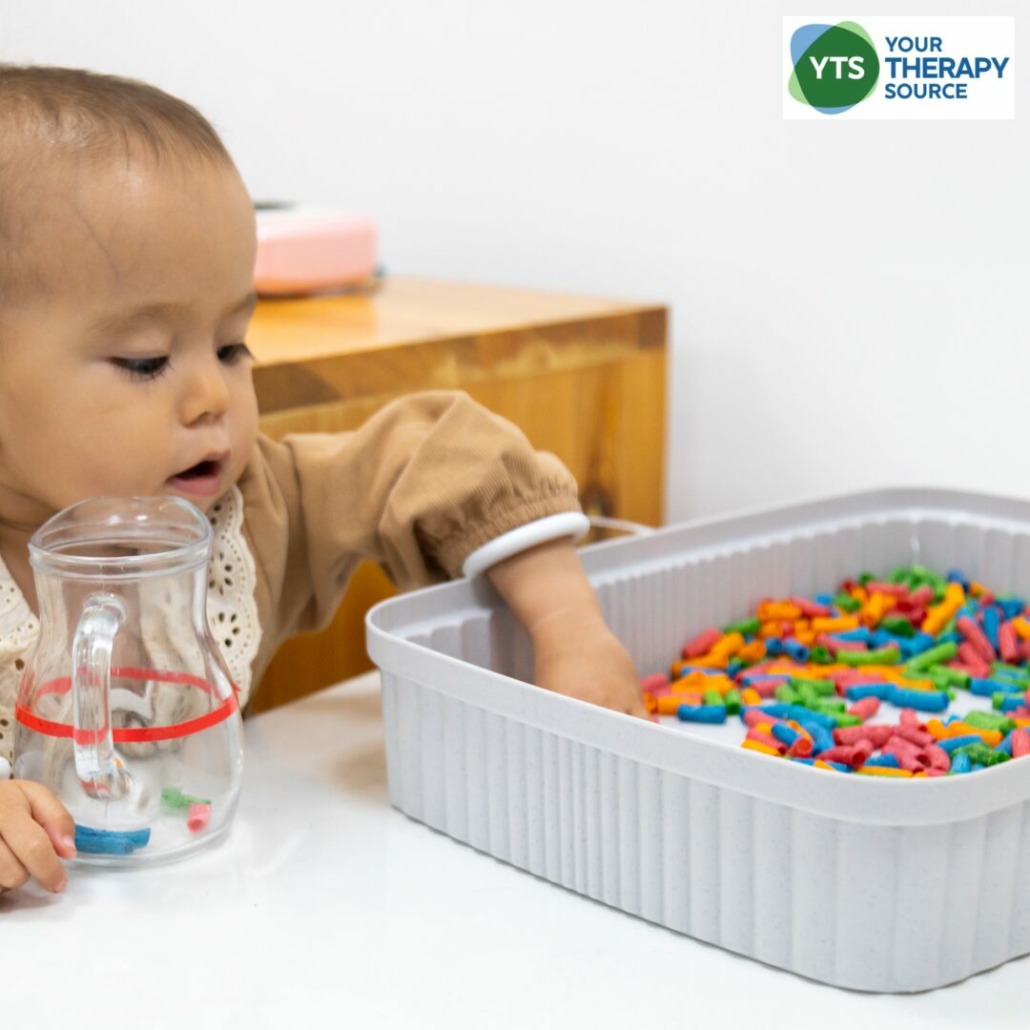Sensory Activities for Toddlers

Sensory activities for toddlers are an essential part of early childhood development, offering an exciting world of colors, textures, and sensations that promote learning and growth. These activities are not just a great way to keep little ones entertained but also play a crucial role in enhancing fine motor skills, language development, and cognitive skills. Check out all of the various sensory play ideas, ensuring there’s something for the little ones.
50 Easy Sensory Activities for Toddlers
Engaging in sensory activities is a fantastic way for toddlers to explore their world and develop their senses. However, it’s crucial to remember that toddlers should always be supervised during these activities to ensure they don’t put inappropriate items in their mouths and to keep them safe. Here’s a list of 50 easy-to-implement sensory activities that you can enjoy with your little one:
- Water play with cups in the bath.
- Squeezing sponges in the sink.
- Throwing rocks in a pond.
- Playing with ice cubes on a tray.
- Touching and smelling different spices in small jars.
- Walking on different textured mats or fabrics.
- Digging and building in a sandbox.
- Blowing and catching bubbles.
- Playing with cooked spaghetti in a large bowl.
- Creating art with finger paints.
- Making music with pots, pans, and wooden spoons.
- Sorting and stacking colored blocks.
- Feeling the textures of different fabrics.
- Playing with a homemade shaker (rice in a sealed bottle).
- Sensory bags with hair gel and small toys.
- Exploring a bin filled with dry beans or rice – kids love this!
- Finger painting with yogurt or pudding (edible and safe).
- Playing with magnetic letters on a baking sheet.
- Making a sensory bottle with glitter, water, and food coloring.
- Creating a simple touch-and-feel board with different materials.
- Playing with playdough or homemade dough.
- Sensory walk with pillows, cardboard, and bubble wrap.
- Playing with toy cars in a tray of flour.
- Making a nature sensory bin with leaves, sticks, and stones.
- Playing with water beads (supervised, as they can be a choking hazard).
- Sorting pompoms by color or size.
- Creating a garden sensory bin with soil, small tools, and plastic flowers.
- Crinkling and tearing paper.
- Squishing and squashing bags filled with paint (sealed).
- Making a simple bird feeder with peanut butter and birdseed.
- Sticking and unsticking tape from a table or floor.
- Sensory walk with bare feet in grass, sand, or shallow water.
- Playing with a flashlight in a dark room (light exploration).
- Exploring sounds with a simple water xylophone (glasses with different water levels).
- Feeling the vibrations from a speaker with different types of music.
- Sorting and playing with large buttons (supervised to prevent choking).
- Sensory bin with cotton balls and tweezers for fine motor skills.
- Playing with scarves or ribbons in front of a fan.
- Painting with water on a chalkboard or sidewalk.
- Exploring smells with scented playdough.
- Playing “I Spy” with a color wheel (find objects that match colors).
- Sensory bottle with magnetic chips and a wand to move them.
- Threading large beads or pasta onto string or pipe cleaners.
- Sensory bin with shredded paper and small toys hidden inside.
- Playing with a homemade rainstick (tinfoil in a cardboard tube with rice).
- Tracing letters or shapes in a tray of salt or sand.
- Matching game with different textures (pairs of fabrics or textured cards).
- Exploring reflections with mirrors and different objects.
- Sensory balloons filled with different materials (flour, rice, beans).
- Creating a simple obstacle course with cushions, boxes, and tunnels.
Remember, the key to a successful sensory activity is ensuring it’s safe, age-appropriate, and supervised. These activities are not just about touching and feeling but also about exploring and understanding the world around them. So, dive into these sensory activities and enjoy the precious moments of discovery and joy with your toddler!

The Infant and Toddler Handbook
Sensory Bins: A World of Exploration
Sensory bins are a fantastic way to offer young children different textures and materials to explore. Fill a large plastic container with items like dry pasta, cotton balls, or water beads, and watch as your child’s senses come alive. This type of play is not only a fun activity but also a wonderful way to develop their sense of touch and fine motor skills. For a fun twist, add small toys or plastic easter eggs to turn the sensory bin into a treasure hunt, making it a great sensory activity for older kids as well.
Creative Messy Play: Engaging Young Minds
Messy play, such as finger painting with vibrant colors or playing with shaving cream and food coloring on a cookie sheet, is much more than just a fun way to spend time. It’s a sensory experience that helps in language development and fosters creativity. The sensory stimulation from the different textures and colors promotes cognitive skills and provides a great opportunity for social interaction among young children.
Sensory Bottles and Bags: Safe and Captivating
For a less messy option, sensory bottles and bags are perfect. Fill a clear plastic bottle or bag with items like glitter, beads, or small toys, and add water or hair gel for a squishy texture. These are not only safe for younger children but also provide a calming sensory experience. Watching the items float and move around inside the sensory bottles or bags can be a fascinating activity for little hands and minds.
Incorporating Household Items: Easy and Effective
You don’t always need fancy supplies for effective sensory play. Household items can be turned into a sensory experience. A baking sheet with a thin layer of cloud dough, cups of flour mixed with different colors, or a sensory table with different materials like rice, beans, or even water are all easy ways to engage your child’s senses. These activities offer a wonderful way for sensory exploration and are an easy way to introduce new textures to your child.
Outdoor Sensory Play: Exploring Nature
Taking sensory play outside can provide a wealth of new experiences. A water table with different bath toys, frozen sand for a unique sensory experience, or even simple acts like feeling different types of leaves or walking barefoot on the grass can stimulate the sensory system in different ways. It’s also a great way to incorporate gross motor skills and ensure your child is getting fresh air and physical activity.
The Benefits of Sensory Activities
Engaging in these types of sensory activities is a wonderful way to support your child’s language skills, social skills, and overall development. It’s a fun way to spend time together, and you might find that these activities are a great sensory activity not just for the little ones, but can be quite relaxing and enjoyable for adults as well!
Key Takeaways and More Ideas
Sensory activities for toddlers are a great way to nurture their development in a fun and engaging way. Whether it’s through sensory bins, messy play, sensory bottles, or everyday activities, there are countless ways to provide these enriching experiences. Each activity offers different benefits, helping to develop not just the sense of touch, but also enhancing cognitive skills, language development, and social skills. So, the next time you’re looking for a fun activity, consider one of these sensory play ideas. It’s not just a way to keep your child engaged, but also a stepping stone to their overall development.
For more ideas on engaging activities for toddlers, consider exploring these resources:
- Fine Motor Activities for Toddlers
- Emotional Activities for Toddlers
- Self-Regulation Activities for Toddlers
- Gross Motor Activities for Toddlers
Remember, the best sensory activity is one that’s safe, engaging, and enjoyable for your toddler. Enjoy the journey of sensory exploration together!



